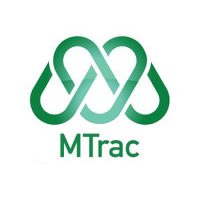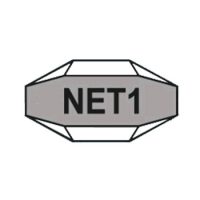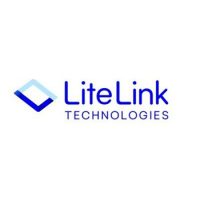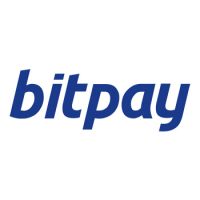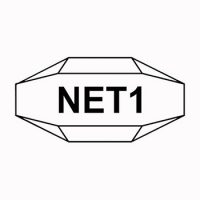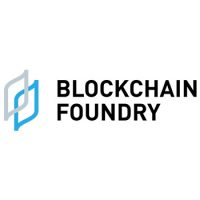Blockchain Press Releases
3D Printing Market size worth USD 162.7 Billion, Globally, by 2030 at 23.63% CAGR: Verified Market Research®
The “Global 3D Printing Market Size By Offering, By Process, By Technology, By Vertical, By Geographic Scope And Forecast” report has been published by Verified Market Research®. The report provides an in-depth analysis of the global 3D Printing Market, including its growth prospects, market trends, and market challenges.
JERSEY CITY, N.J., Aug. 17, 2023 /PRNewswire/ — The Global 3D Printing Market is projected to grow at a CAGR of 23.63% from 2023 to 2030, according to a new report published by Verified Market Research®. The report reveals that the market was valued at USD 24.11 Billion in 2022 and is expected to reach USD 162.7 Billion by the end of the forecast period.
Download PDF Brochure: https://www.verifiedmarketresearch.com/download-sample?rid=4212
Browse in-depth TOC on “3D Printing Market“
202 – Pages
126 – Tables
37 – Figures
Advancements and Challenges in the Global 3D Printing Market: Key Players Spearheading Innovation
The global 3D printing market continues to surge forward, driven by a wave of technological innovations and strategic partnerships among key players. This computerized additive manufacturing process has transformed industries, facilitating the creation of intricate designs and three-dimensional objects. Key players in the market, including industry giants 3D Systems, EnvisionTEC, EOS GmbH, ExOne, GE Additive, HP, Materialise, SLM Solutions, Stratasys, and Voxeljet, are at the forefront of this revolution, reshaping the manufacturing landscape.
Market Drivers
The global 3D printing market’s rapid growth is underscored by several driving factors. The marriage of technology and creativity has revolutionized operations, production procedures, customization, marketing, and design across various sectors. This innovative process streamlines manufacturing through efficient error-free production, reduced development costs and time, and the ability to create tailor-made products that meet consumers’ unique demands.
Industries such as jewelry, electronics, textiles, and engineering have harnessed the potential of 3D printing, transforming their landscapes. Research and development in Three-Dimensional Printing (3DP) are seamlessly aligning with the burgeoning demand for prototyping applications and personalized products, fueling the market’s expansion.
Challenges and Opportunities:
While the global 3D printing market presents substantial opportunities, challenges remain on the path to growth. The shortage of skilled professionals, technicians, and standardized protocols hampers the industry’s full potential. Integrating Artificial Intelligence (AI) solutions into existing systems and addressing misconceptions prevalent among manufacturers pose additional challenges.
Despite these challenges, the market offers a plethora of growth opportunities. Technological advancements, potential improvements in manufacturing processes, and enhanced supply chain management are set to define the market’s future. Key players are actively adopting 3D printing, particularly within the aerospace and defense sectors, marking a significant shift in their operational paradigms.
The future of the global 3D printing market is bright, as innovation continues to surge and industries embrace the possibilities offered by additive manufacturing. As technology evolves and misconceptions are dispelled, this market is set to become a pivotal force across sectors, shaping the manufacturing landscape and redefining product development and production processes.
The combined efforts of key players like 3D Systems, EnvisionTEC, EOS GmbH, ExOne, GE Additive, HP, Materialise, SLM Solutions, Stratasys, and Voxeljet are instrumental in driving the global 3D printing market’s expansion and ensuring that it remains at the vanguard of innovation.
To get market data, market insights, financial statements and a comprehensive analysis of the Global 3D Printing Market, please Contact Verified Market Research®.
Based on the research, Verified Market Research® has segmented the global 3D Printing Market into Offering, Process, Technology, Vertical, And Geography.
- 3D Printing Market, by Offering
- Material
- Printer
- Service
- Software
- 3D Printing Market, by Process
- Binder Jetting
- Directed Energy Deposition
- Material Extrusion
- Material Jetting
- Powder Bed Fusion
- Sheet Lamination
- Vat Photopolymerization
- 3D Printing Market, by Vertical
- Automotive
- Aerospace and Defense
- Healthcare
- Industrial
- Printed Electronics
- Others
- 3D Printing Market, by Technology
- Direct Metal Laser Sintering
- Fused Deposition Modelling
- Selective Laser Sintering
- Stereolithography
- Others Technologies
- 3D Printing Market, by Geography
- North America
- U.S
- Canada
- Mexico
- Europe
- Germany
- France
- U.K
- Rest of Europe
- Asia Pacific
- China
- Japan
- India
- Rest of Asia Pacific
- ROW
- Middle East & Africa
- Latin America
Browse Related Reports:
Automated 3D Printing Market By Offering (Software, Hardware), By Process (Multi-Processing, Post-Processing, Automated Production), By End-User (Healthcare, Automotive), By Geography, And Forecast
3D Reconstruction Technology Market By Type (Active 3D reconstruction, Passive 3D reconstruction), By Application (Construction & Architecture, Healthcare, Aerospace & Defense, Education), By Geography, And Forecast
3D Concrete Printing Market By Offering (Printing Services, Materials), By Technique (Extrusion-based, Powder-based), By End-Use Sector (Building, Infrastructure), By Geography, And Forecast
3D Printing Elastomers Market By Form (Powder, Filament), By Material (TPE (Thermoplastic Elastomer), SBR ( Styrene-Butadiene Rubber) & SBS (Styrene-Butadiene Styrene)), By End-User (Automotive and Transportation, Aerospace and Defense), By Geography, And Forecast
10 Best 3D Printed Electronics Companies helping with designing and production
Visualize 3D Printing Market using Verified Market Intelligence -:
Verified Market Intelligence is our BI Enabled Platform for narrative storytelling in this market. VMI offers in-depth forecasted trends and accurate Insights on over 20,000+ emerging & niche markets, helping you make critical revenue-impacting decisions for a brilliant future.
VMI provides a holistic overview and global competitive landscape with respect to Region, Country, Segment, and Key players of your market. Present your Market Report & findings with an inbuilt presentation feature saving over 70% of your time and resources for Investor, Sales & Marketing, R&D, and Product Development pitches. VMI enables data delivery In Excel and Interactive PDF formats with over 15+ Key Market Indicators for your market.
About Us
Verified Market Research® is a leading Global Research and Consulting firm servicing over 5000+ customers. Verified Market Research® provides advanced analytical research solutions while offering information-enriched research studies. We offer insight into strategic and growth analyses, Data necessary to achieve corporate goals and critical revenue decisions.
Our 250 Analysts and SMEs offer a high level of expertise in data collection and governance use industrial techniques to collect and analyze data on more than 15,000 high impact and niche markets. Our analysts are trained to combine modern data collection techniques, superior research methodology, expertise and years of collective experience to produce informative and accurate research.
We study 14+ categories from Semiconductors & Electronics, Chemicals, Advanced Materials, Aerospace & Defense, Energy & Power, Healthcare, Pharmaceuticals, Automotive & Transportation, Information & Communication Technology, Software & Services, Information Security, Mining, Minerals & Metals, Building & Construction, Agriculture industry and Medical Devices from over 100 countries.
Contact Us
Mr. Edwyne Fernandes
Verified Market Research®
US: +1 (650)-781-4080
US Toll Free: +1 (800)-782-1768
Email: sales@verifiedmarketresearch.com
Web: https://www.verifiedmarketresearch.com/
Follow Us: LinkedIn | Twitter
Logo: https://mma.prnewswire.com/media/2015407/VMR_Logo.jpg
![]() View original content:https://www.prnewswire.co.uk/news-releases/3d-printing-market-size-worth-usd-162-7-billion-globally-by-2030-at-23-63-cagr-verified-market-research-301903569.html
View original content:https://www.prnewswire.co.uk/news-releases/3d-printing-market-size-worth-usd-162-7-billion-globally-by-2030-at-23-63-cagr-verified-market-research-301903569.html

Blockchain
Ethereum ETFs Aren’t Blockchain But Is A Revolutionary Tech: Top 6 Amazing Reasons To Invest In Them
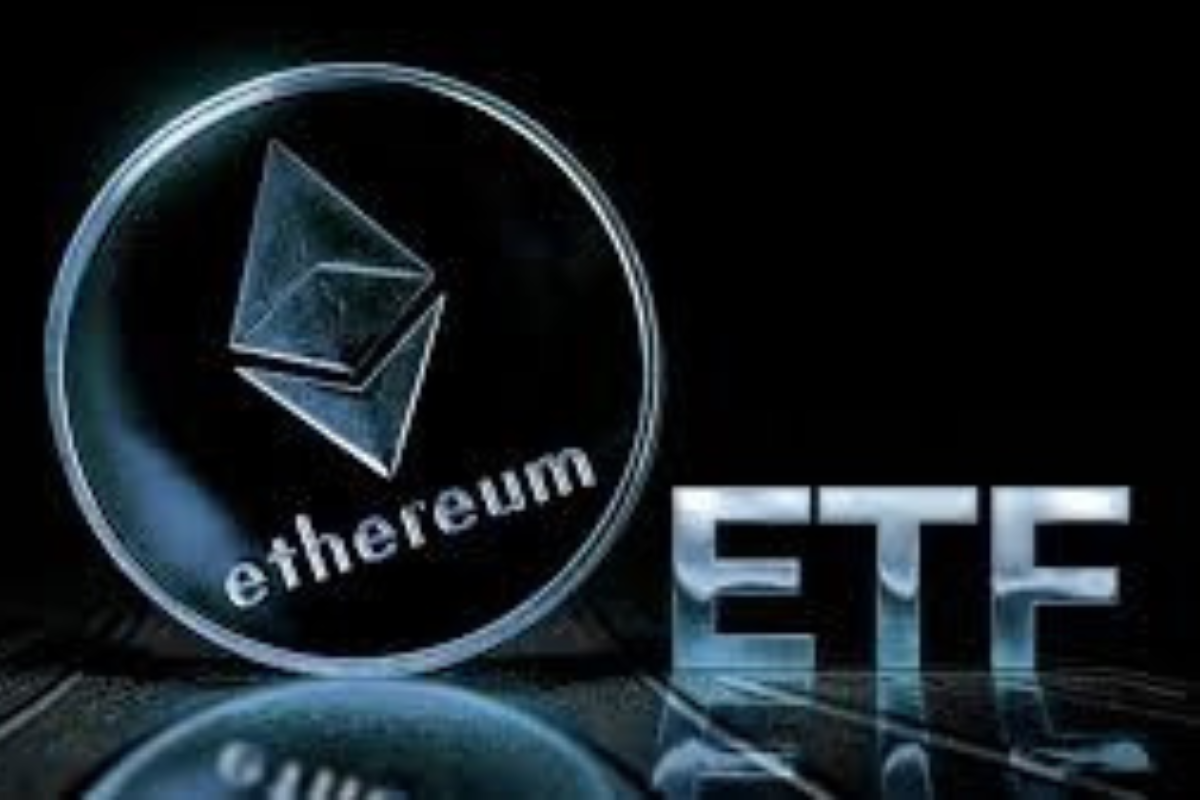
The financial landscape is rapidly evolving, with the integration of blockchain technology and cryptocurrencies becoming more prominent. Among these, Ethereum ETFs (Exchange-Traded Funds) have emerged as a significant investment vehicle, offering exposure to the Ethereum blockchain’s native cryptocurrency, Ether (ETH), without requiring direct ownership. However, it’s crucial to understand that Ethereum ETFs are distinct from the blockchain itself and serve different purposes in the investment world.
Understanding Ethereum and ETFs
Ethereum: A decentralized platform that enables the creation and execution of smart contracts and decentralized applications (dApps). It operates using its cryptocurrency, Ether (ETH), which fuels the network.
ETF (Exchange-Traded Fund): A type of investment fund that holds a collection of assets and is traded on stock exchanges. ETFs can include various asset classes, such as stocks, commodities, or bonds.
Ethereum ETFs: The Intersection of Traditional Finance and Cryptocurrency
An Ethereum ETF provides a way for investors to gain exposure to the price movements of Ether without directly purchasing the cryptocurrency. This is achieved through an ETF structure, where the fund holds assets linked to the value of Ether, and investors can buy shares of the ETF on traditional stock exchanges.
Key Features of Ethereum ETFs:
- Indirect Exposure: Investors gain exposure to Ether’s price changes without needing to manage or store the cryptocurrency themselves.
- Regulatory Compliance: Unlike the relatively unregulated cryptocurrency market, ETFs operate under the oversight of financial regulators, offering a layer of investor protection.
- Accessibility: Ethereum ETFs are available through traditional brokerage platforms, making them accessible to a broader range of investors.
Why Invest in an Ethereum ETF?
- Diversification: Including an Ethereum ETF in a portfolio can provide exposure to the cryptocurrency market, potentially enhancing diversification beyond traditional assets.
- Convenience and Familiarity: ETFs are a familiar investment product, simplifying the process of investing in cryptocurrencies.
- Professional Management: ETF managers handle the investment decisions, including the buying and selling of assets, which can be advantageous for those less familiar with the cryptocurrency space.
- Regulatory Oversight: ETFs are subject to regulatory scrutiny, potentially offering more safety and transparency compared to direct cryptocurrency investments.
- Potential for Growth: As the cryptocurrency market grows, ETFs linked to assets like Ether may benefit from rising prices.
Key Differences Between Ethereum and Ethereum ETFs
While both are related to the Ethereum blockchain, Ethereum itself and Ethereum ETFs represent different forms of investment:
- Ethereum (ETH):
- Direct ownership of the cryptocurrency.
- Full exposure to Ethereum’s features, including staking and network participation.
- Traded on cryptocurrency exchanges.
- Highly volatile and largely unregulated.
- Ethereum ETF:
- Indirect exposure through shares representing Ether’s value.
- Traded on traditional stock exchanges under regulatory oversight.
- Offers a more stable and familiar investment structure.
- Typically lower volatility compared to direct cryptocurrency ownership.
Future Considerations for Ethereum ETFs
The approval and launch of Ethereum ETFs mark a significant milestone in bringing cryptocurrencies closer to mainstream finance. They offer a convenient and regulated means for investors to gain exposure to the growing digital assets market. However, they also come with limitations, such as not allowing direct participation in the Ethereum ecosystem’s innovations, like dApps and smart contracts.
As the market evolves, we may see more sophisticated financial products that better capture the full potential of the Ethereum ecosystem. For now, Ethereum ETFs provide a balanced option for those interested in cryptocurrency exposure within the framework of traditional finance.
In conclusion, while Ethereum ETFs offer a gateway into the world of digital assets, they should be viewed as complementary to, rather than a replacement for, direct investment in the underlying blockchain technologies. Investors should carefully consider their investment goals, risk tolerance, and the unique attributes of both Ethereum and Ethereum ETFs when making investment decisions.
Source: blockchainmagazine.net
The post Ethereum ETFs Aren’t Blockchain But Is A Revolutionary Tech: Top 6 Amazing Reasons To Invest In Them appeared first on HIPTHER Alerts.
Blockchain
Nexo Reaffirms Commitment to Data Protection with SOC 3 and SOC 2 Compliance
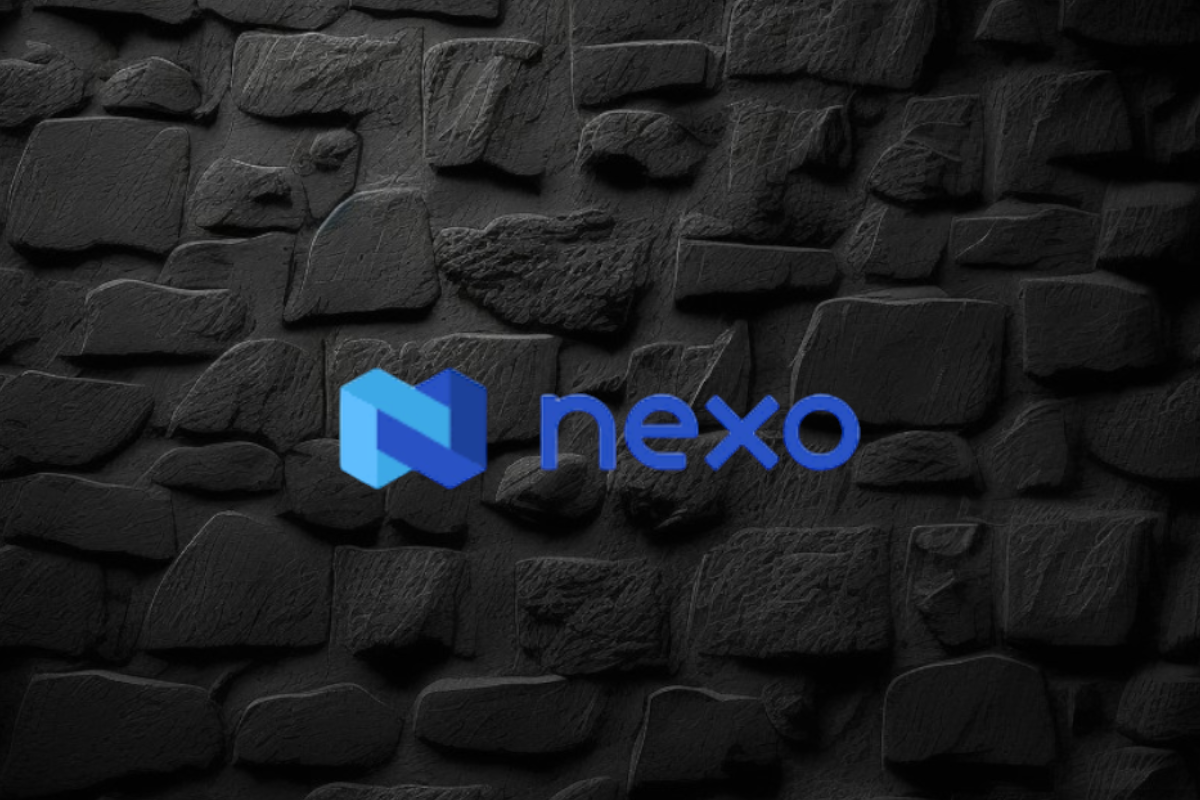
Nexo, a leading institution in the digital assets industry, has reinforced its commitment to data security by renewing its SOC 2 Type 2 audit and attaining a new SOC 3 Type 2 assessment without any exceptions. This rigorous audit process, conducted by A-LIGN, a respected independent auditor specializing in security compliance, confirms Nexo’s adherence to stringent Trust Service Criteria for Security and Confidentiality.
Key Achievements and Certifications
- SOC 2 and SOC 3 Compliance:
- SOC 2 Type 2: This audit evaluates and reports on the effectiveness of an organization’s controls over data security, particularly focusing on the confidentiality, integrity, and availability of systems and data.
- SOC 3 Type 2: This public-facing report provides a summary of SOC 2 findings, offering assurance to customers and stakeholders about the robustness of Nexo’s data security practices.
- Additional Trust Service Criteria:
- Nexo expanded the scope of these audits to include Confidentiality, showcasing a deep commitment to protecting user data.
- Security Certifications:
- The company also adheres to the CCSS Level 3 Cryptocurrency Security Standard, and holds ISO 27001, ISO 27017, and ISO 27018 certifications, awarded by RINA. These certifications are benchmarks for security management and data privacy.
- CSA STAR Level 1 Certification:
- This certification demonstrates Nexo’s adherence to best practices in cloud security, further solidifying its position as a trusted partner in the digital assets sector.
Impact on Customers and Industry Standards
Nexo’s rigorous approach to data protection and compliance sets a high standard in the digital assets industry. By achieving these certifications, Nexo provides its over 7 million users across more than 200 jurisdictions with confidence in the security of their data. These achievements not only emphasize the company’s dedication to maintaining top-tier security standards but also highlight its proactive stance in fostering trust and transparency in digital asset management.
Nexo’s Broader Mission
As a premier institution for digital assets, Nexo offers a comprehensive suite of services, including advanced trading solutions, liquidity aggregation, and tax-efficient credit lines backed by digital assets. Since its inception, the company has processed over $130 billion, showcasing its significant impact and reliability in the global market.
In summary, Nexo’s successful completion of SOC 2 and SOC 3 audits, along with its comprehensive suite of certifications, underscores its commitment to the highest standards of data security and operational integrity. This dedication positions Nexo as a leader in the digital assets space, offering unparalleled security and peace of mind to its users.
Source: blockchainreporter.net
The post Nexo Reaffirms Commitment to Data Protection with SOC 3 and SOC 2 Compliance appeared first on HIPTHER Alerts.
Blockchain
Marshall Becomes First US Senator to Walk from Controversial Crypto Bill He Co-Sponsored

Republican Senator Roger Marshall has withdrawn his support for the Digital Asset Anti-Money Laundering Act of 2023, a controversial bill he initially co-sponsored with Senator Elizabeth Warren and others. This bill, reintroduced in the Senate on July 27, 2023, aimed to bring the cryptocurrency industry into alignment with existing anti-money laundering (AML) and counter-terrorism financing (CTF) laws.
Key Provisions of the Bill
The legislation proposed stringent regulations on digital asset providers, including unhosted wallet providers, miners, and validators, by classifying them as financial institutions under the Bank Secrecy Act (BSA). It mandated these entities to adhere to BSA compliance requirements, which include extensive reporting and monitoring responsibilities. Additionally, the bill called for the Financial Crimes Enforcement Network (FinCEN) to establish regulations for reporting significant foreign digital asset holdings and to create compliance measures to address risks associated with anonymity-enhancing technologies.
Senator Marshall’s Shift
Marshall’s withdrawal from the bill comes as a surprise, particularly given his earlier criticisms of cryptocurrencies, which he has described as a “threat to national security.” This includes concerns over stablecoins like Tether potentially facilitating illegal activities and circumventing U.S. sanctions. Despite his earlier stance, Marshall’s departure from the legislation suggests a reconsideration of the bill’s implications or an alignment with broader political and industry perspectives on cryptocurrency regulation. His office has not provided a comment on the reasons for his withdrawal.
Political and Industry Reactions
The bill had garnered significant bipartisan support, with 18 co-sponsors, reflecting a broader concern in Congress over regulating the rapidly growing cryptocurrency market. However, it has also faced criticism for potentially imposing impractical compliance burdens that could stifle innovation and push crypto activities offshore. Critics argue that the bill’s stringent requirements could inadvertently drive users toward unregulated platforms, thereby undermining its intent to enhance security and regulatory oversight.
Broader Context
The withdrawal comes at a time when cryptocurrency regulation is a highly contentious issue in U.S. politics. Former President Donald Trump has promised to relax crypto regulations if elected, contrasting with the current administration’s more stringent stance. Under President Joe Biden, the Securities and Exchange Commission (SEC) and other regulatory bodies, led by figures like Gary Gensler, have taken a more rigorous approach to regulating the sector, which has drawn criticism for being overly restrictive.
Senator Marshall’s decision to step back from the Digital Asset Anti-Money Laundering Act reflects the complex and evolving nature of cryptocurrency regulation in the U.S. While the bill seeks to bring greater oversight and security to the crypto industry, it also raises concerns about regulatory overreach and its potential negative impact on innovation and privacy. As the debate continues, the U.S. legislative and regulatory landscape for cryptocurrencies remains in flux, balancing the need for security with the desire to foster technological innovation.
Source: decrypt.co
The post Marshall Becomes First US Senator to Walk from Controversial Crypto Bill He Co-Sponsored appeared first on HIPTHER Alerts.
-

 Blockchain4 days ago
Blockchain4 days agoBinance Cleared to Invest Customer Assets in US Treasury Bills: What It Means for Crypto and Dollar Dominance
-

 Blockchain4 days ago
Blockchain4 days agoDeep Custodian Limited Obtains Hong Kong TCSP License, Authorized to Provide Compliant Crypto Asset Custody Services
-

 Blockchain2 days ago
Blockchain2 days agoBlockchain Intelligence Group adds additional modules and launches its Certified Cryptocurrency Investigator – Advanced Series
-

 Blockchain Press Releases2 days ago
Blockchain Press Releases2 days agoBybit Web3 Livestream Explores Cultural Meme Coins and Other Trends
-

 Blockchain3 days ago
Blockchain3 days agoBitAngels Network Hosts Blockchain Pitch Competition in Nashville
-

 Blockchain Press Releases2 days ago
Blockchain Press Releases2 days agoBybit Surges to Second Place in Derivatives Market, Solidifying Position as Global Crypto Trading Leader
-

 Blockchain3 days ago
Blockchain3 days agoCoinW Continues Expedition Trek And Double Down On Presence At ETH-Native Events
-

 Blockchain1 day ago
Blockchain1 day agoKevin O ‘Leary Addresses Crypto Investing, Ethereum ETFs, and SEC Chair in Recent Interview







